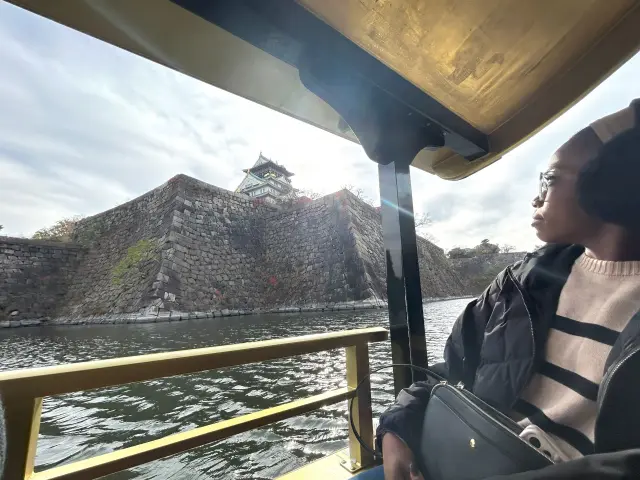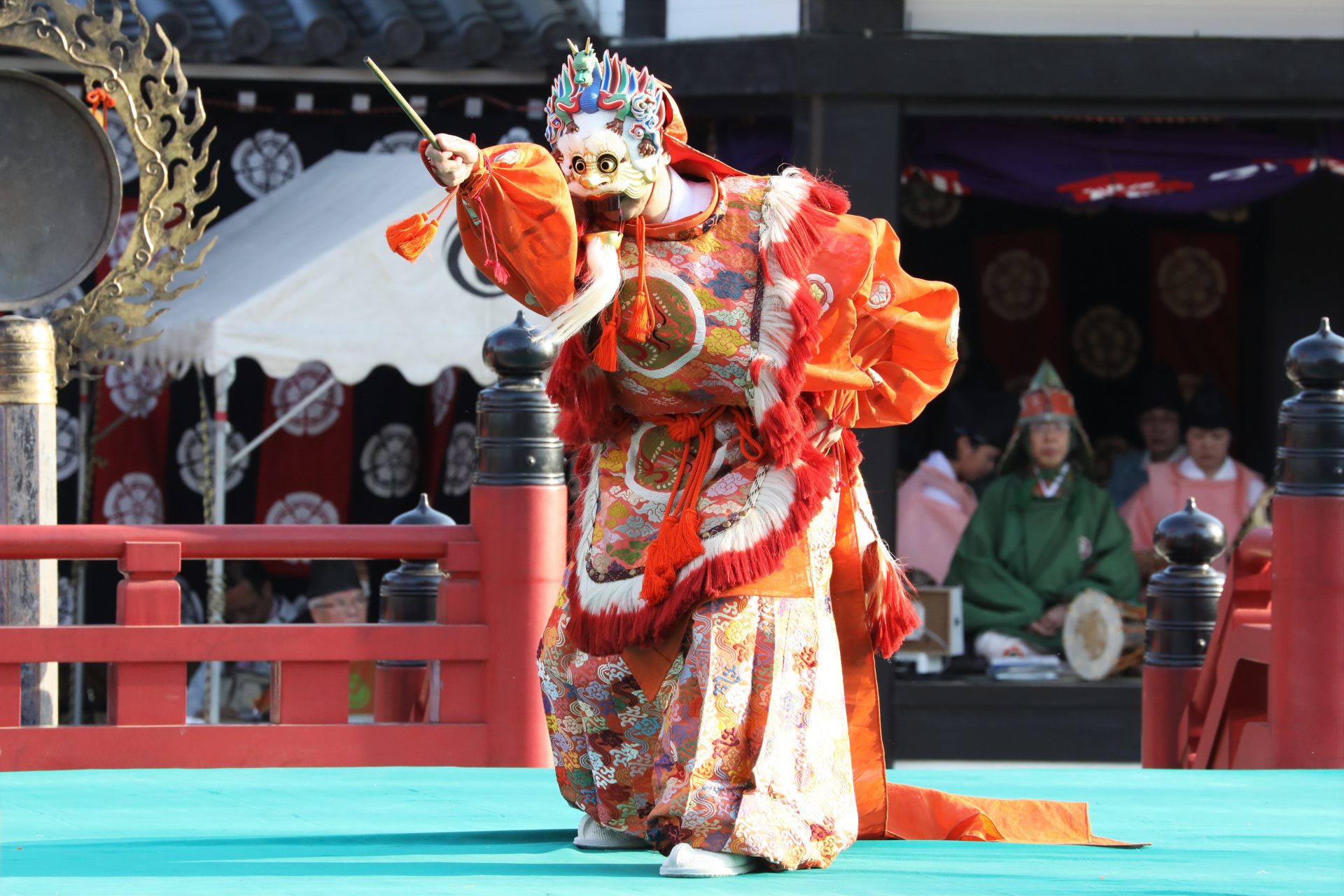
Tennoji Bugaku (Shoryo-e Bugaku)
Last update
Osaka City, Kansai
Nationally designated Important Intangible Folk Cultural Property
An ancient bugaku dance that is flamboyant and sometimes valiant, soothing the spirit of Prince Shotoku, the founder of Japanese Buddhism.
The Tennoji area of Osaka City takes its name from Shitenno-ji Temple, which is the first state-sponsored Japanese Buddhist temple, and thought to be built by Prince Shotoku in the year 593. This ritual dance is performed on the April 22, the anniversary of the death of Prince Shotoku, the founder of Japanese Buddhism. As a temple built by Prince Shotoku, Shitenno-ji Temple has continued to be an object of faith for many people regardless of their religious denomination. Kobo Daishi, the originator of the Shingon sect of Buddhism and an emissary to the Tang dynasty in China, underwent ascetic training at Shitenno-ji Temple before and after his visits to the Tang Empire. Various Buddhist memorial services draw many visitors to the temple, including a service on the 21st of each month to commemorate the anniversary of Kobo Daishi’s death, and on the 22nd of each month for Prince Shotoku.
The power of the people of Osaka helped the temple overcome times that threatened the existence of the bugaku dance. The tradition lives on in all its glory to this day, and continues to be improved.
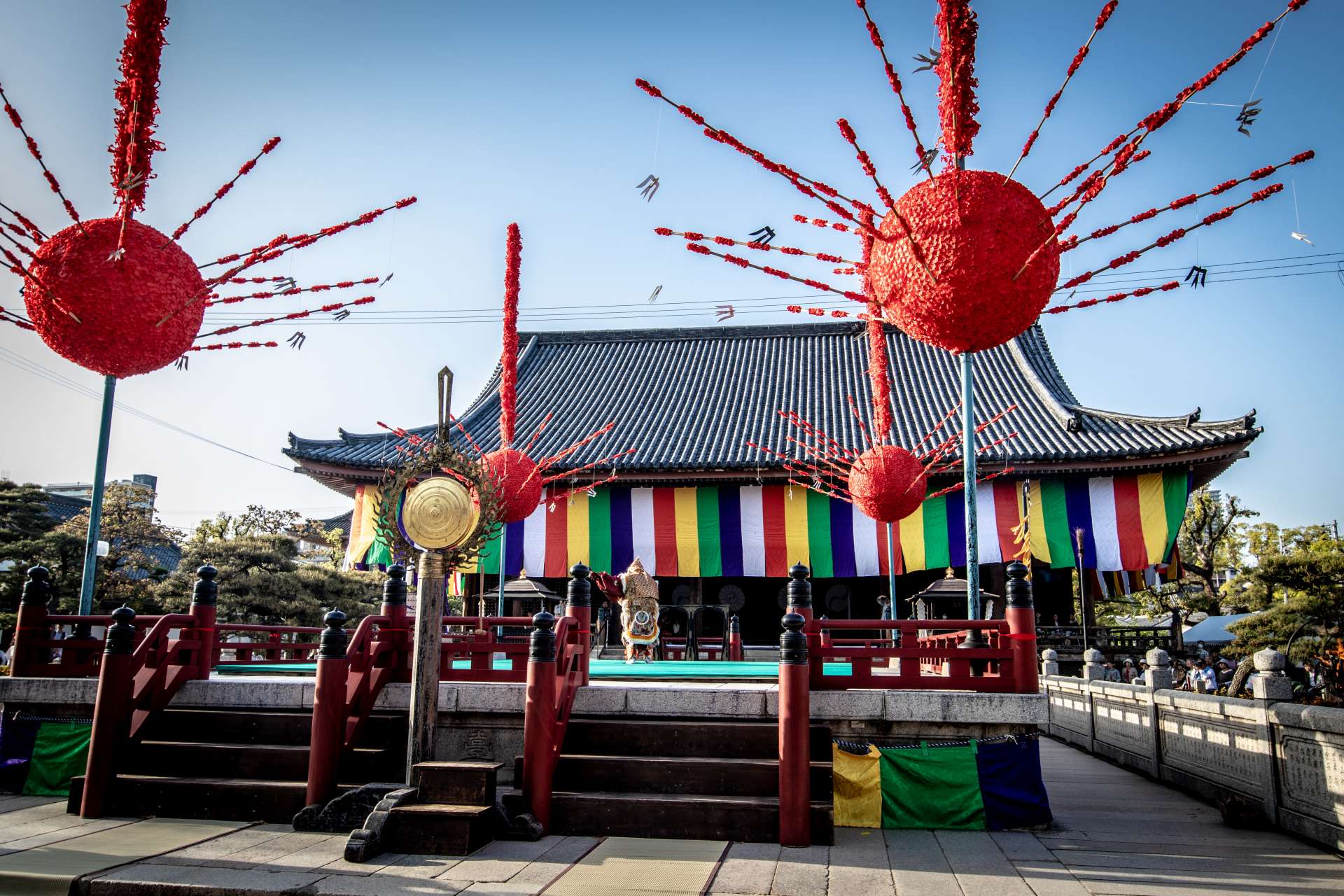
The stone stage in front of Rokuji-do Hall. The red balls decorating the four corners of the stage represent red spider lilies.
The Tennoji Bugaku Dance is a ritual performed at the Shoryo-e, a memorial ceremony for Prince Shotoku on April 22, the anniversary of his death. It also serves as a way to show the bugaku dance of the Dynastic Period more than 1,000 years ago, and is a nationally designated Important Intangible Folk Cultural Property also known by the name Shoryo-e Bugaku Dance. The organization in charge of carrying on the tradition of the dance and Japanese court music performed in the Tennoji Bugaku Dance is known as the Tennoji Gakuso. The group’s origins are traced back to when Prince Shotoku ordered foreign music to be incorporated into Buddhist rituals, making it the predecessor to Japanese court music. In addition to Shitenno-ji Temple, other gakuso are located at the Kyoto Imperial Palace (Ouchi Gakuso), and Nara (Nanto Gakuso). During the Edo Period (1603 - 1868), along with the Tennoji Gakuso, these three came to be known as the Sanpo Gakuso, and bear the responsibility for carrying on the tradition of Japanese court music.
As time passed, however, and the capital was moved to Tokyo in the Meiji Era (from 1868), many musicians from the Sanpo Gakuso followed the emperor to Tokyo, putting the existence of the Tennoji Gakuso in jeopardy. It was Ono Shoin, a chief priest at Osaka Kizu Gansen-ji Temple, who rose up to face this crisis. He gathered the few musicians still in Osaka along with volunteers well versed in Japanese court music to form the Garyo-kai, of which he was the first chairman. The traditions of the Garyo-kai are currently carried on in the form of the Tennoji Gakuso Garyo-kai at Tennoji Gakuso, where they are in charge of the Tennoji Bugaku Dance.
Many performances carry on the traditions of the Dynastic Period down to this day. The powerful stage performance of the Tennoji Bugaku Dance is unlike any other.
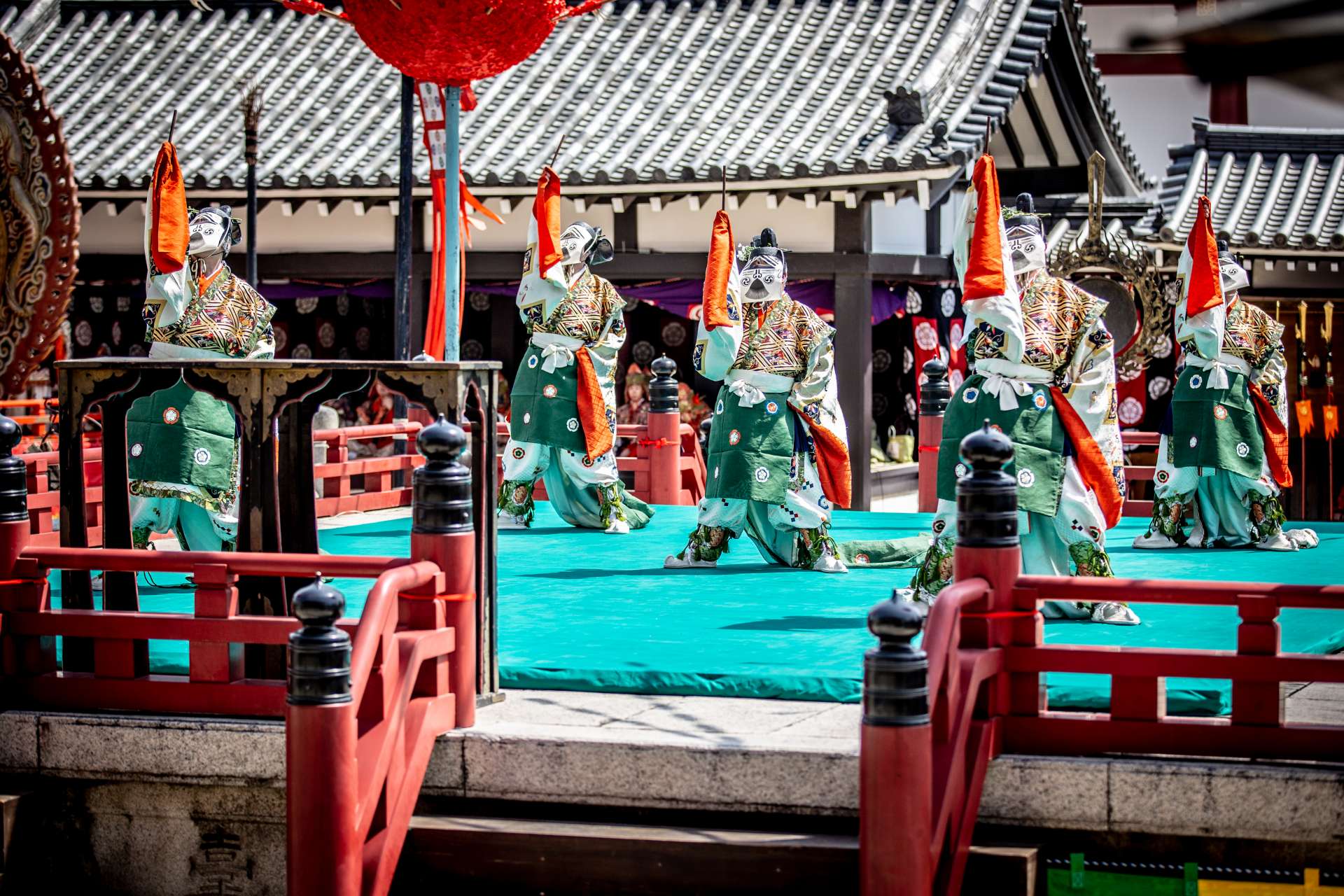
The popular Tennoji Bugaku Dance is not only performed at Shitenno-ji Temple, but also in Tokyo and various locations outside of Japan.
The Tennoji Bugaku Dance is performed in front of the Rokuji-do Hall, on a stone stage decorated with bright red paper flowers designed to look like red spider lilies blossoming in the heavens. The first act of the Shoryo-e after the Enbu’s performance is the Soriko, which is performed by five Soriko dancers wearing rectangular masks of paper and silk. During this act, also known as the Prince’s Dance of Awakening, the curtain concealing a painting of Prince Shotoku, the principal image inside the hall, is lifted. Next, memorial dances such as the Shishi, Bosatsu, Karyobin, and Kocho are performed, with the entire memorial service lasting four and a half hours, accompanied by 10 pieces of bugaku music.
Although some may have the impression that Japanese court music and bugaku dances are somber affairs, the Tennoji Bugaku Dance is one of the largest-scale ancient Buddhist rituals carried on today and the powerful dances are unlike anything else.
Travel back in time to another era by venturing off the beaten path. The Tennoji area is a mix of facilities and buildings from many eras.
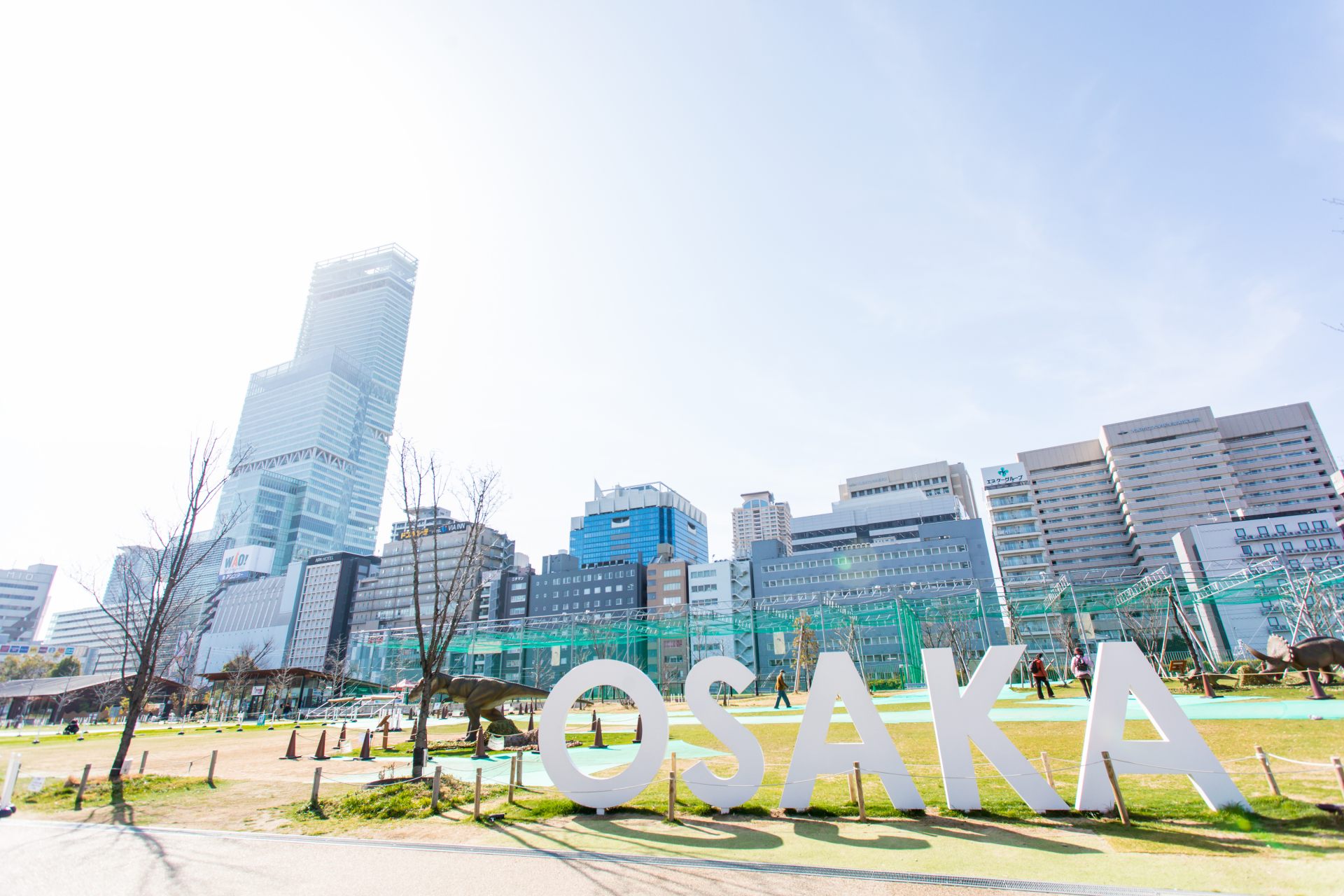
Everything from an ancient tomb to high rises, art museums, and the downtown area coexist in charming Tennoji.
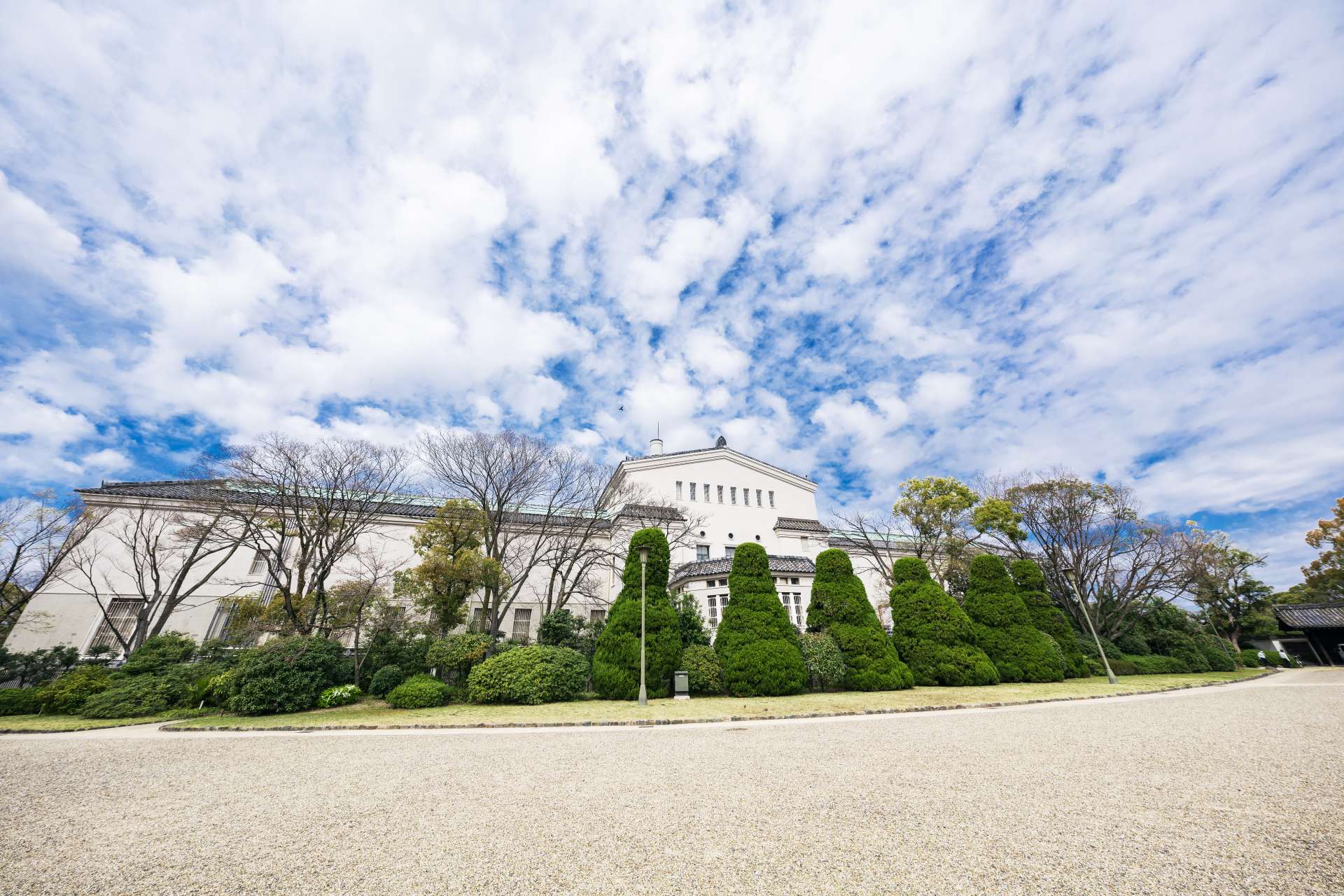
The Osaka City Museum of Fine Arts was opened in the corner of Tennoji Park in 1936. Here visitors will find special exhibits featuring Buddhist artwork in addition to other works.
The Shitenno-ji Temple area is a mosaic of buildings throughout the ages, including temples and shrines, Tsutenkaku Tower soaring over the Shinsekai area, and the 300-meter-high Abeno Harukas skyscraper. Nearby the modern buildings and train stations visitors will find charming, unique Osaka scenery in the old-fashioned shopping districts. Take a walk around the area to find the seven famous hills of Tennoji including Shingon-zaka Hill, Genshoji-zaka Hill, Kuchinawa-zaka Hill, Aizen-zaka Hill, Kiyomizu-zaka Hill, Tenjin-zaka Hill, and Ou-saka Hill. Among the cobblestoned scenery of the hill course, you’ll find temples and shrines with long histories, including the Oe-jinja Shrine, which was built by Prince Shotoku as the guardian of Shitenno-ji Temple. If you want to learn more about Buddhist art, make sure to stop by the Osaka City Museum of Fine Arts. With a collection of over 8,500 pieces and works of art entrusted to the museum by temples and shrines, there are many items designated as national treasures and Important Cultural Properties, with a variety of pieces on display at all times.
If you get tired of walking, take a break at Ten-Shiba near Abeno Harukas. This open space with artificial lawns nearby the Chausuyama Tumulus is home to cafes, restaurants, a farmer’s market, and facilities for different kinds of activities. If you were impressed by the charms of the Tennoji Bugaku Dance, you may find it interesting to tour other Prince Shotoku spots another day, such as Horyu-ji Temple in Nara and Kaminotaishi in Taishicho.
Photos: Tennojigakuso Garyokai/©Osaka Convention & Tourism Bureau
Check also...

Consider your accommodation in the Kansai area!

Restrictions on Large Baggage

Hidden Stories in Stone: Exploring Japan’s Castle Walls

Feel Like a Lord: Castle with Stunning Panorama Views

Experience the True Essence of Japan through Castles, Cultural Treasures, and Timeless Gardens
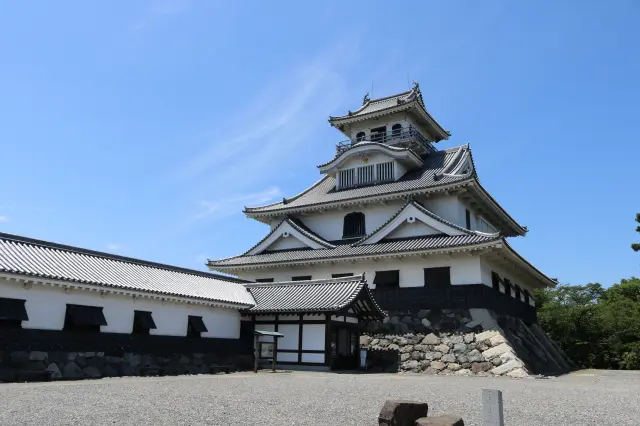
Castles of Toyotomi Hideyoshi
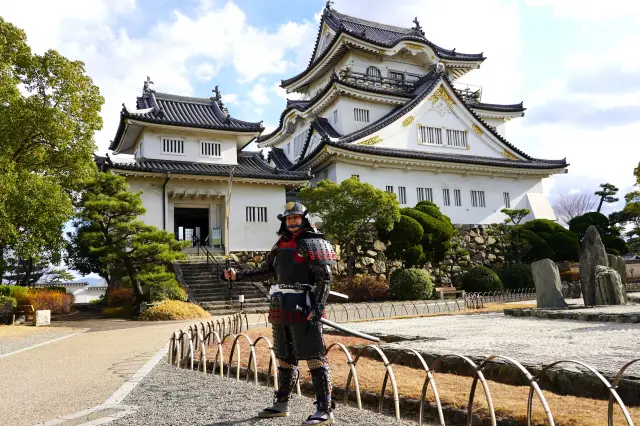
Exploring the Roots of Festivals: A Journey of Understanding Local Bonds and the Preservation of Culture
